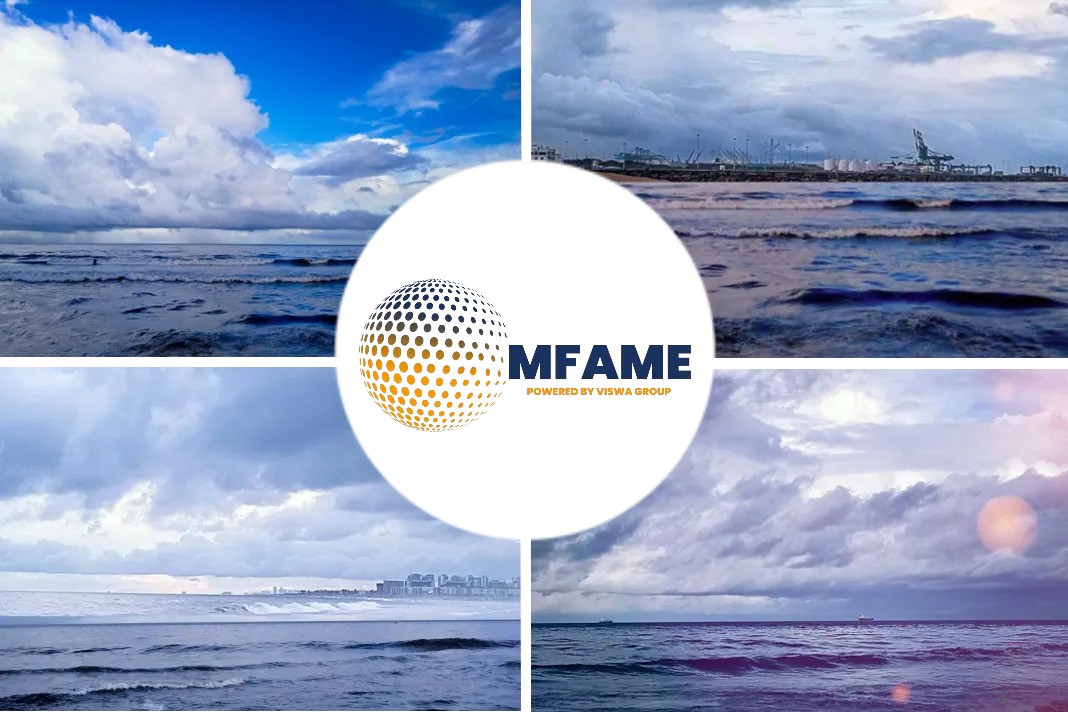Amid the global freight market’s stagnation lasting for several years, its tanker segment showed a severe plunge in 2017. In February-March the largest global shipping companies posted considerable losses of the past year. The situation is expected to improve in 2018-19 though long-term forecasts are vague due to instability of the global oil market.
Sad year
In 2017, average freight rates were 35-55% less, year-on-year, in the segment of oil tankers and 15% less, year-on-year, in the segment of MR product tankers, Clarksons data shows. The year of 2016 also demonstrated the decrease of freight rates.
In the segment of Aframax tankers, the most popular among Russian exporters, average spot time-charter rates fell by 39.5% to $13.873. In November-December, the profit in the segment fell to its lowest from August, making $11.732 per day. Annual time-charter rates in the Aframax segment fell by 28% to $15.490.
Amid this background, global tanker companies post their losses of 2017.
Consolidated GAAP net loss attributable to shareholders of Teekay – $151.7 million. Net loss of Teekay Tankers in 2017 was $58 million vs a profit of $67.8 million in 2016.
Teekay Tankers’ income from vessel operations fell from $96.7 million in 2016 to $1.4 million, that of Teekay Corp. – from $384.3 million in 2016 to $6.7 million in 2017.
Scorpio Tankers posted the loss of $158.2 milllion. In Quarter IV the company’s loss totaled $41.5 million.
Net income of Euronav decreased from $204 million in 2016 to $1.2 million in 2017 with tanker segment showing a loss of $28.6 million versus $169.6 million of income in the previous year.
Tsakos Energy Navigation posted net income of $7.612 million, down 7 times year-on-year.
Amid the fall of freight rates many players saw a decrease of EBITDA. Teekay Tankers’ EBITDA in QIV’2017 dropped by 45.6%, year-on-year, to $30.1 million.
Nordic American Tankers posted EBITDA of $10.4 million, down 64%; Euronav – $49.2 million, down 60%.
Cosco expects chartering losses of the three VLCCs at 53,475 per day and one more VLCC – at $37,600 per day.
Facts and hopes
It should be noted that stagnation in the market of VLCCs has been seen for a decade. Very large crude carrier rates on the AG/Japan route were $200,000 per day in 2009. Since that time they have plunged 20 times with a short rise seen in late 2016 to $100,000 per day.
Average rates for LR product tankers in 2009 were up to $55,000 per day. Now they have dropped 10 times to some $5,000 per day. Average rates for MR product tankers is correlates with that.
The fall of oil prices, the policy of OPEC and excess tanker tonnage also affect the market. According to Kevin Mackay, Teekay Tankers’ Chief Executive Officer, “While crude tanker spot rates increased in the fourth quarter of 2017, they did not experience the typical winter seasonal spike primarily due to lower OPEC oil production, supply outages and a lack of winter weather delays… We have seen further weakness in the crude tanker market driven by many of these same factors, combined with higher bunker fuel costs”.
Kevin Mackay expects elevated levels of tanker scrapping will positively contribute to a significant slowdown in tanker fleet growth which, when coupled with stronger oil market fundamentals, should lead to a recovery in tanker rates.
The year of 2017 saw a high fleet growth. According to Teekay, the global tanker fleet grew by 26.6 million deadweight tonnes (mdwt), or 4.8 percent in 2017, following 31.4 mdwt, or 6.0 percent growth in 2016. In addition, numerous vessels that were being used as floating storage returned to the trading fleet in 2017.
At the same time OPEC implemented 1.2 million barrels per day (mb/d) of supply cuts in 2017.
All those factors led to a reduction in cargoes from the Middle East, which in turn forced more Very Large Crude Carrier (VLCC) tankers to compete with Suezmax tankers for Atlantic cargoes, thus putting pressure on mid-size tanker rates.
On the other hand, an unprecedented increase in U.S. crude exports gave some support to crude tanker demand; however, it was not enough to fully offset the negative impact of OPEC supply cuts.
The market players expect the tanker fleet growth to moderate due to a combination of lower deliveries and higher scrapping in 2018. Tanker scrapping for the global fleet totaled 11.5 mdwt in 2017, the highest level of tanker scrapping since 2012, and has remained firm with 1.6 mdwt scrapped in January 2018. The level of newbuild tanker deliveries is expected to reduce during 2018, particularly during the second half of the year, and is set to fall further in 2019 as the orderbook rolls off. Amid low rates, high bunker prices and unstable oil market the market players are not likely to resume any ambitious programmes on fleet retrofit.
Oversupply will obviously regulate the market but its further development depends, first of all on the global oil market situation which is difficult to forecast amid growing production in the USA and trade wars.
Did you subscribe for our daily newsletter?
It’s Free! Click here to Subscribe!
Source: Port News




















